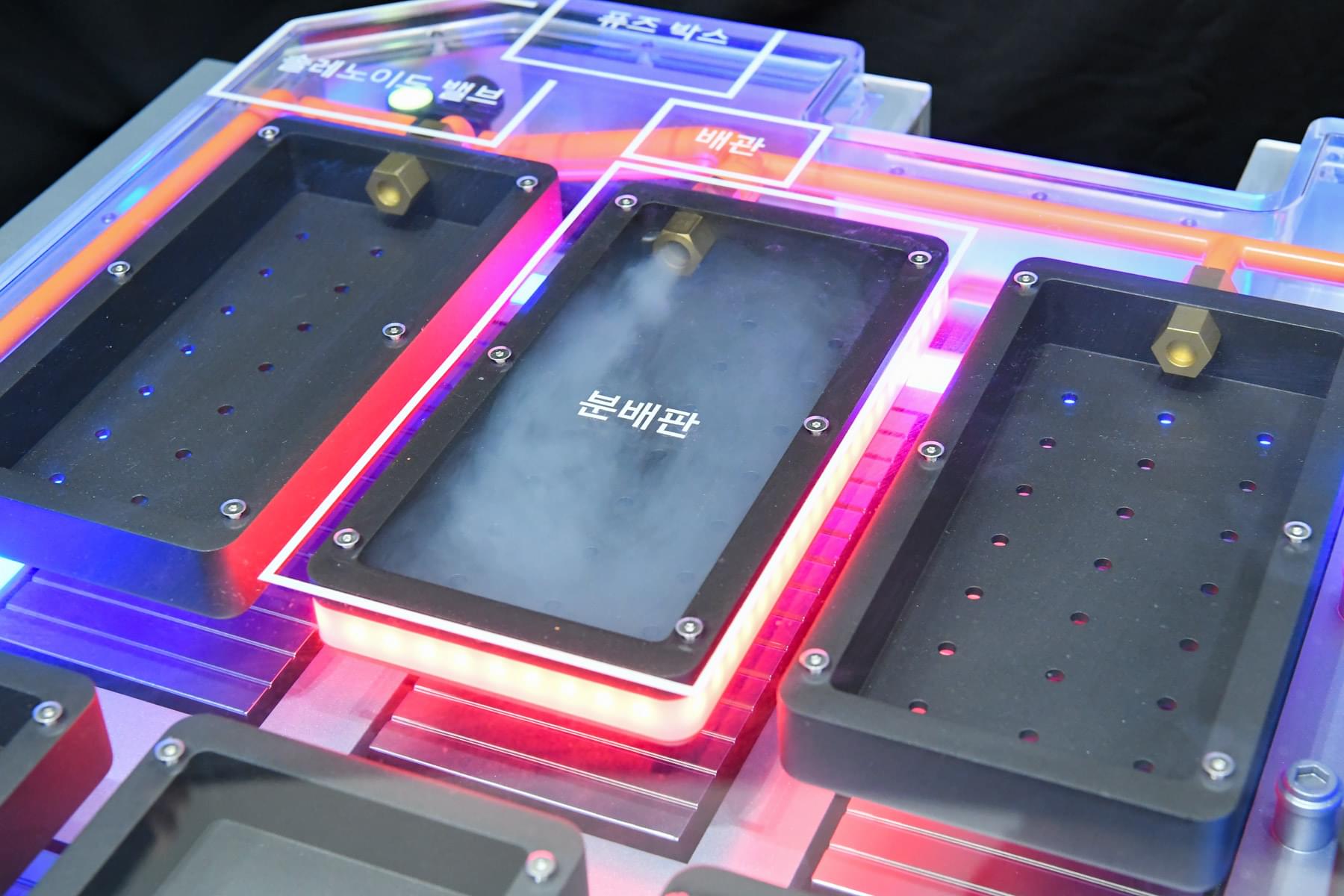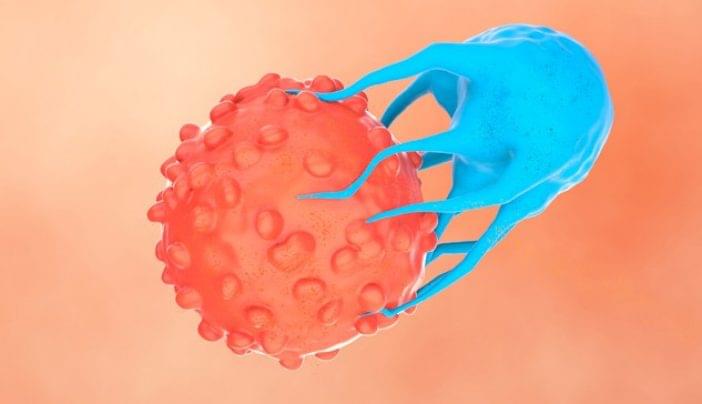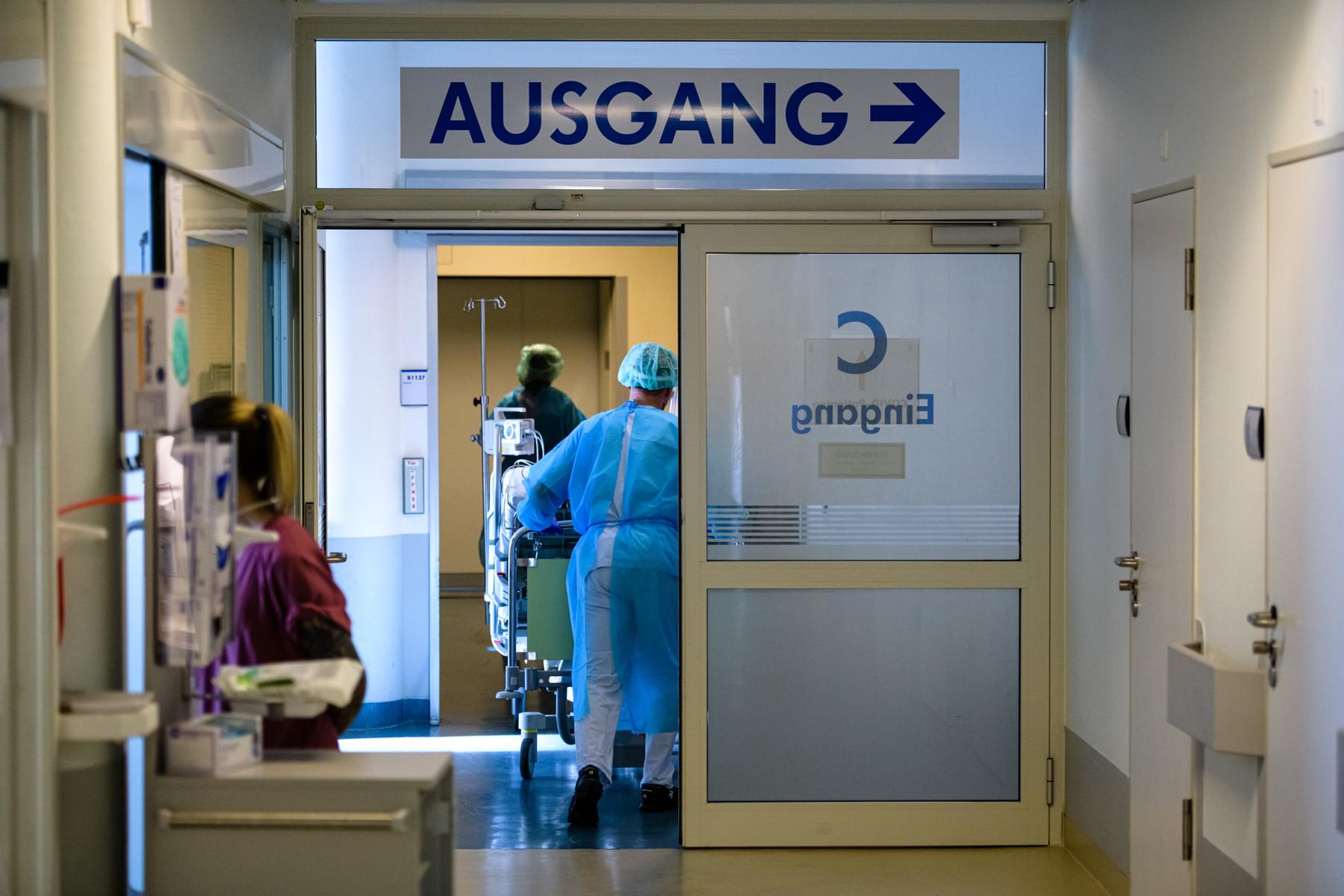
Chinese doctors have successfully implanted the world’s smallest and lightest artificial heart that uses magnetic levitation technology into a 7-year-old boy, giving him more time to wait for a heart transplant.
Weighing 45 grams and measuring just 2.9 centimeters in diameter, this tiny device is the size of a regular plastic water bottle cap and is about half the weight of the smallest maglev-powered heart pump designed for adults.
The Union Hospital affiliated to Tongji Medical College at Huazhong University of Science and Technology in Wuhan, Hubei province, said on Tuesday that the boy is now in stable condition and awaiting further treatment, following the operation which was carried out on March 30.
]]>
MIT engineers have fabricated a metamaterial that is not only strong but also stretchy. Their new method could enable stretchable ceramics, glass, and metals, for tear-proof textiles or stretchy semiconductors.
]]>
MIT engineers developed a technique to grow and peel ultrathin “skins” of electronic material that could be used in applications such as night-vision eyewear and autonomous driving in foggy conditions.
]]>
Physicists create the first device that can control a superconducting microwave qubit using only light
]]>
According to the South Korean supplier, the system can extinguish fires at an early stage by releasing a suppressant within five minutes of initial ignition. This five-minute window is critical: current regulations in Europe, China, and India require that thermal runaway across the battery be delayed for at least five minutes after the first cell ignites, giving vehicle occupants enough time to safely exit the vehicle after a crash.
However, Hyundai Mobis says its new Battery System Assembly (BSA) was not merely designed to meet existing requirements, but rather in anticipation of stricter safety rules aimed at preventing any heat transfer between cells in the first place. The company believes such technologies will take centre stage in the next generation of battery systems on the global market.
Hyundai Mobis has unveiled a new battery system featuring an integrated fire extinguishing unit. It is designed to prevent heat from spreading to adjacent cells in the event of a malfunction, reducing the risk of larger thermal incidents.
By Carla Westerheide.
]]>
Scientists at Northwestern University and University of California San Diego have developed a new, potent injectable therapy that can protect the heart from damage after a heart attack.
The therapeutic approach comprises specially designed polymers that act like proteins. These protein-like polymers (PLPs) “grab” onto regulatory proteins, which blunt the body’s natural healing process, in heart tissue. With those proteins out of the way, the healing proteins are free to do their job — preventing stress and inflammation.
Protein-like polymer demonstrated improved heart health in animal experiments.
Heart attacks cause long-term damage that ultimately leads to heart failure. New treatment protects the heart from long-term damage after a heart attack.
]]>
For decades, researchers have been exploring ways to harness the power of the immune system to treat cancer. One breakthrough is cell therapy, often called ‘living drugs.’ This is a form of immunotherapy that uses immune cells from a patient or a healthy donor. With advanced engineering techniques, scientists enhance these cells to recognize better and attack cancer.
“During the late 1980s and 1990s, cancer researchers started exploring ways to advance immunotherapy by transferring immune cells into a patient to attack cancer cells,” says stem cell transplant and cellular therapy specialist Hind Rafei, M.D. “They recognized that immune cells found inside tumors could help destroy cancer cells, leading to the development of one of the earliest forms of cell therapy — tumor-infiltrating lymphocytes (TILs).”
Cell therapy is a form of immunotherapy that uses immune cells from a patient or a healthy donor to treat cancer. Learn about the types of cell therapy from stem cell transplant and cellular therapy specialist Hind Rafei, M.D.
]]>
A new study from researchers at Moffitt Cancer Center shows that blocking a chemical process called nitrosylation could make one of the most aggressive forms of melanoma more treatable.
]]>
This cross-national comparison of health care systems assesses U.S. health spending, outcomes, status, and service use relative to 12 other high-income countries.
]]>
NIH trial shows new form of TIL therapy effective against colon, rectum, pancreas, and bile duct tumors.
]]>